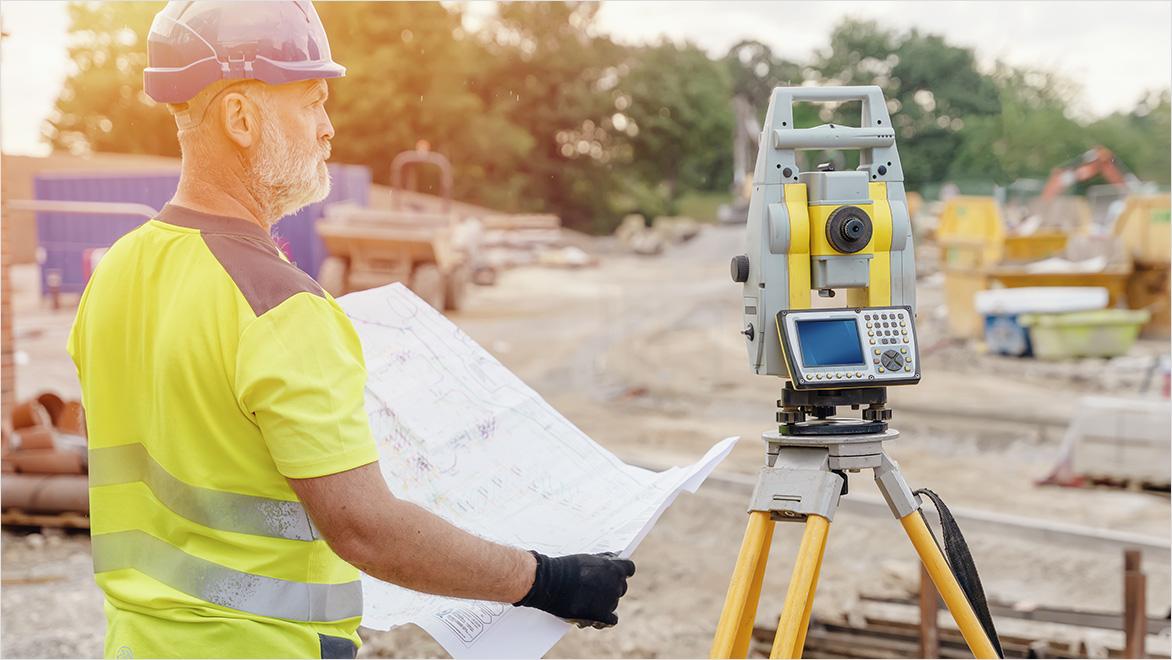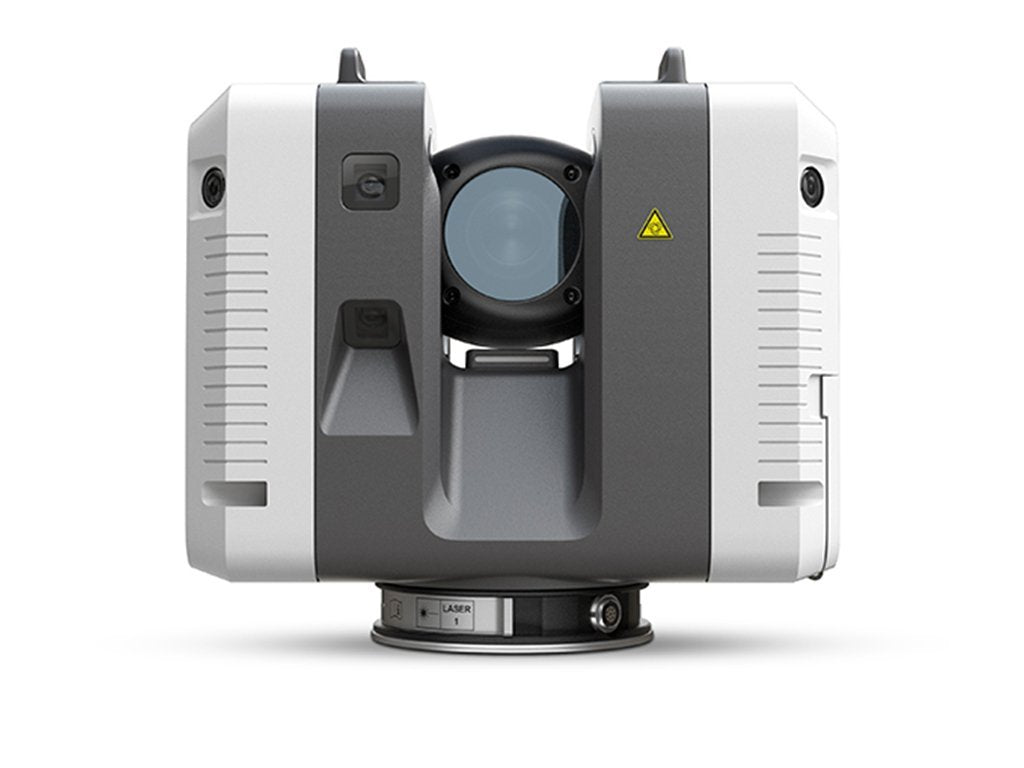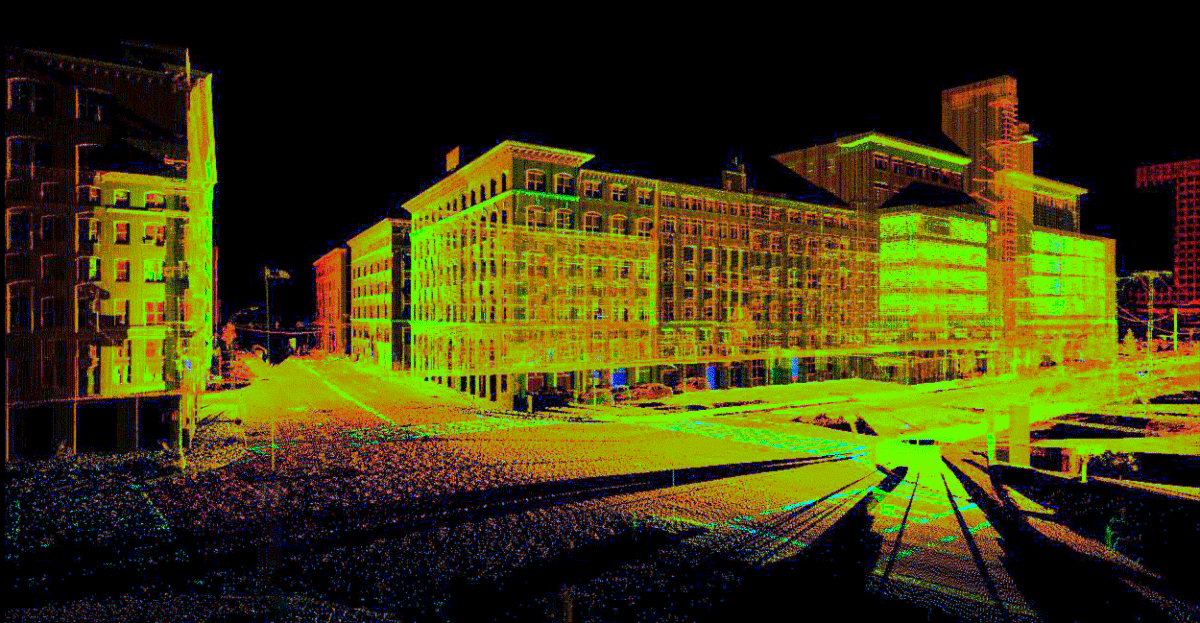Beginner’s Guide to 3D Scanning Implementation
Wiki Article
Discovering the Applications of 3D Laser Scanning in Archaeology and Cultural Heritage Conservation
The combination of 3D laser scanning technology in archaeology and cultural heritage preservation marks a substantial innovation in just how archaeological sites and artefacts are recorded and evaluated. This non-invasive technique gives precise spatial information, revealing detailed information that were formerly tough to capture. As the applications of this innovation proceed to evolve, different effects for documentation, education and learning, and preservation emerge, welcoming additional exploration into its transformative effect on the field.Comprehending 3D Laser Scanning Modern Technology
3D laser scanning technology has transformed the field of archaeology by offering exact and detailed spatial data. This innovative modern technology uses laser beam of lights to catch millions of data points from an object or website, creating an extremely precise three-dimensional representation (3D Scanning). The resulting point clouds can disclose complex details of archaeological websites, structures, and artifacts that may be unseen to the naked eyeUsing this innovation, excavators can record the precise measurements, shapes, and settings of objects with unprecedented precision. This approach decreases the risk of human error and removes the requirement for comprehensive hand-operated measurements. The data collected can be analyzed and shared quickly, assisting in cooperation amongst scientists. By integrating 3D laser scanning with GIS and various other digital devices, archaeologists boost their ability to visualize and interpret historic contexts, bring about deeper insights right into old cultures and environments.
Enhancing Archaeological Documentation
3D laser scanning significantly boosts archaeological documents with its ability to develop exact website maps. This modern technology helps with detailed artefact analysis, offering insights that standard techniques might forget. Additionally, it guarantees the preservation of contextual information, which is crucial for understanding the partnerships within archaeological websites.Precise Website Mapping
While standard mapping approaches typically battle with catching the intricate details of historical sites, progressed laser scanning innovation supplies a revolutionary approach to exact site mapping. This approach allows archaeologists to create highly described and specific three-dimensional representations of websites, showcasing topographical variants and structural attributes with remarkable fidelity. The capacity to catch countless information points in an issue of minutes permits for detailed paperwork, which can be conveniently upgraded and shared amongst scientists. Furthermore, laser scanning assists in the measurement of complicated geometries that would be challenging to assess using conventional tools. Therefore, this technology boosts the precision of site maps, contributing considerably to the preservation and understanding of cultural heritage sources.Detailed Artefact Evaluation
Laser scanning technology considerably boosts the analysis of archaeological artifacts, supplying researchers with extraordinary detail and accuracy. This technique records intricate surface structures, dimensions, and includes that conventional documentation strategies might neglect. By producing high-resolution 3D versions, scholars can closely take a look at artefacts without the threat of damage fundamental in physical handling. This precision enables better comparative researches, allowing specialists to identify manufacturing strategies, stylistic variants, and potential social value. The capacity to adjust and visualize information in 3 dimensions helps with a deeper understanding of artefact functionality and usage. In general, laser scanning promotes a more comprehensive technique to historical documents, guaranteeing that crucial info regarding artefacts is maintained for future research and education and learning.Conservation of Contextual Data
Protecting contextual information is vital for boosting historical paperwork, as it assures that findings are comprehended within their original environmental and cultural frameworks. 3D laser scanning technology substantially adds to this conservation initiative by recording thorough spatial connections amongst artefacts, structures, and their atmospheres. By producing precise 3D designs, excavators can record the exact locations and alignments of objects in situ, assisting in an extensive understanding of their context. This innovation allows researchers to take another look at and analyze websites long after excavation, maintaining the honesty of contextual details. Additionally, electronic documents created through scanning can be shared around the world, promoting collaborative study and public involvement. Eventually, protecting contextual information through 3D laser scanning enhances historical stories and advertises a more profound gratitude of social heritage.Conservation of Cultural Heritage Sites
As innovations in modern technology remain to evolve, the preservation of cultural heritage sites has come to be significantly dependent on cutting-edge techniques such as 3D laser scanning. This innovation permits the detailed paperwork of frameworks, artifacts, and landscapes, catching their exact measurements and spatial partnerships in a non-invasive way. By creating high-resolution 3D designs, scientists can assess and monitor wear and tear patterns, making it possible for proactive preservation techniques.Furthermore, 3D laser scanning facilitates the sharing of comprehensive site information with the international community, advertising collaboration amongst chroniclers, conservationists, and archaeologists. These versions act as invaluable resources for education and learning and public involvement, raising understanding of social heritage issues. Furthermore, the digital records developed can guard versus loss because of ecological factors, criminal damage, or neglect. Overall, 3D laser scanning stands for a transformative strategy to the preservation of cultural heritage, guaranteeing that these sites can be examined and appreciated by future generations.

Restoration and Reconstruction Efforts
The detailed documents attained with 3D laser scanning plays a substantial duty in restoration and reconstruction initiatives within archaeology. This innovation gives exact measurements and high-resolution imagery, permitting precise electronic versions of frameworks and artefacts. These versions act as essential recommendations throughout restoration procedures, enabling archaeologists to visualize the initial style and make informed choices about techniques and products required for repair work.3D laser scanning facilitates the restoration of damaged or lost elements by developing in-depth replicas. This procedure help in ensuring that restorations maintain historic stability while also allowing for innovative techniques Full Article to recover sites. The capability to assess wear patterns and structural weaknesses via checked information enhances understanding of a site's historic context and its use gradually. Consequently, 3D laser scanning not only preserves the physical aspects of cultural heritage yet also enriches the narrative of background, assisting future reconstruction undertakings.
Educational and Research Opportunities
The assimilation of 3D laser scanning in archaeology opens significant educational and study possibilities. Academic partnerships can improve the understanding of old web link sites, while specialized training workshops equip experts with important abilities for utilizing this innovation. With each other, these efforts foster a richer involvement with historical practices and techniques.Academic Collaborations in Archaeology
Collective initiatives in archaeology have actually ended up being increasingly vital for progressing both educational and research possibilities. By promoting partnerships amongst universities, research institutions, and social heritage companies, these partnerships promote the exchange of understanding and resources, improving the top quality of archaeological studies. Joint jobs often leverage diverse know-how, permitting comprehensive evaluations and cutting-edge approaches, especially in the application of technologies like 3D laser scanning. Such collaborations also advertise interdisciplinary approaches, engaging fields such as location, conservation, and history scientific research. In enhancement, academic collaborations often cause the growth of new curricula and training programs, preparing the future generation of excavators to efficiently utilize advanced innovations in their job. Ultimately, these partnerships add to the conservation and understanding of cultural heritage.Educating Workshops for Experts
Educating workshops for experts in archaeology are progressively crucial for enhancing skills in the application of advanced modern technologies such as 3D laser scanning. These workshops supply individuals with hands-on experience in using sophisticated tools and software program, cultivating a much deeper understanding of data capture and evaluation processes. Experts can discover to create accurate digital versions of historical sites, which significantly help in paperwork and conservation efforts. Furthermore, these training sessions commonly include discussions on ideal techniques and study, promoting expertise exchange amongst participants. By buying continual education and learning, professionals can stay upgraded on evolving technologies, inevitably improving the performance of their research and cultural heritage preservation efforts. This commitment to skill improvement is necessary for progressing the area of archaeology.Future Patterns in 3D Laser Scanning for Archaeology
As improvements in modern technology proceed to reshape different areas, the future of 3D laser scanning in archaeology guarantees to improve both the precision and performance of website paperwork and evaluation. Emerging fads show a growing assimilation of expert system and artificial intelligence, promoting automated data handling and interpretation. This development will enable excavators to evaluate complex datasets faster, leading to faster understandings into historical contexts.The combination of drone innovation with 3D laser scanning is most likely to increase, enabling comprehensive airborne studies of archaeological websites that are challenging to gain access to. The enhancing price of scanning equipment will certainly equalize accessibility, equipping smaller sized institutions Click This Link and independent scientists to utilize these devices effectively. In addition, innovations in virtual reality and increased truth will allow immersive experiences for public involvement and education, making historical searchings for extra accessible and interactive. These patterns jointly indicate a transformative future for archaeology, boosting conservation initiatives and increasing the self-control's outreach.
Often Asked Inquiries
Exactly How Much Does 3D Laser Scanning Devices Expense?

What Are the Limitations of 3D Laser Scanning?
The restrictions of 3D laser scanning include high prices, possible data handling obstacles, level of sensitivity to environmental problems, and problem catching detailed details in complicated surface areas, which can impact the accuracy and completeness of checked representations. (3D Scanning)
Can 3D Laser Scanning Be Utilized Undersea?
Yes, 3D laser scanning can be utilized undersea, yet it calls for customized devices and techniques to overcome obstacles such as water distortion and minimal exposure. Effective applications have actually been demonstrated in aquatic archaeology and undersea studies.How much time Does a Scanning Job Normally Take?
A scanning project typically takes anywhere from a couple of days to several weeks, relying on the complexity and size of the area being checked, along with the preparation and post-processing needs involved in the job.Exist Certain Software Demands for Processing 3D Checks?
Yes, particular software program demands for processing 3D scans include programs efficient in taking care of big point clouds, such as Autodesk ReCap, Cyclone, or MeshLab. These tools help with analysis, visualization, and integration right into various applications effectively.The assimilation of 3D laser scanning modern technology in archaeology and cultural heritage preservation notes a significant improvement in exactly how historic sites and artefacts are recorded and examined. 3D laser scanning modern technology has actually reinvented the area of archaeology by offering exact and comprehensive spatial data. As advancements in technology proceed to progress, the conservation of social heritage websites has actually become increasingly dependent on innovative approaches such as 3D laser scanning. As advancements in technology continue to improve various areas, the future of 3D laser scanning in archaeology assures to enhance both the precision and efficiency of site documents and evaluation. The assimilation of drone modern technology with 3D laser scanning is likely to increase, enabling comprehensive airborne studies of historical websites that are difficult to gain access to.
Report this wiki page